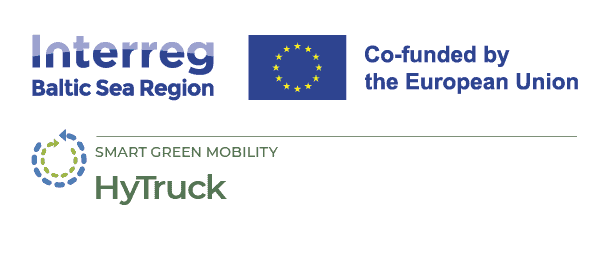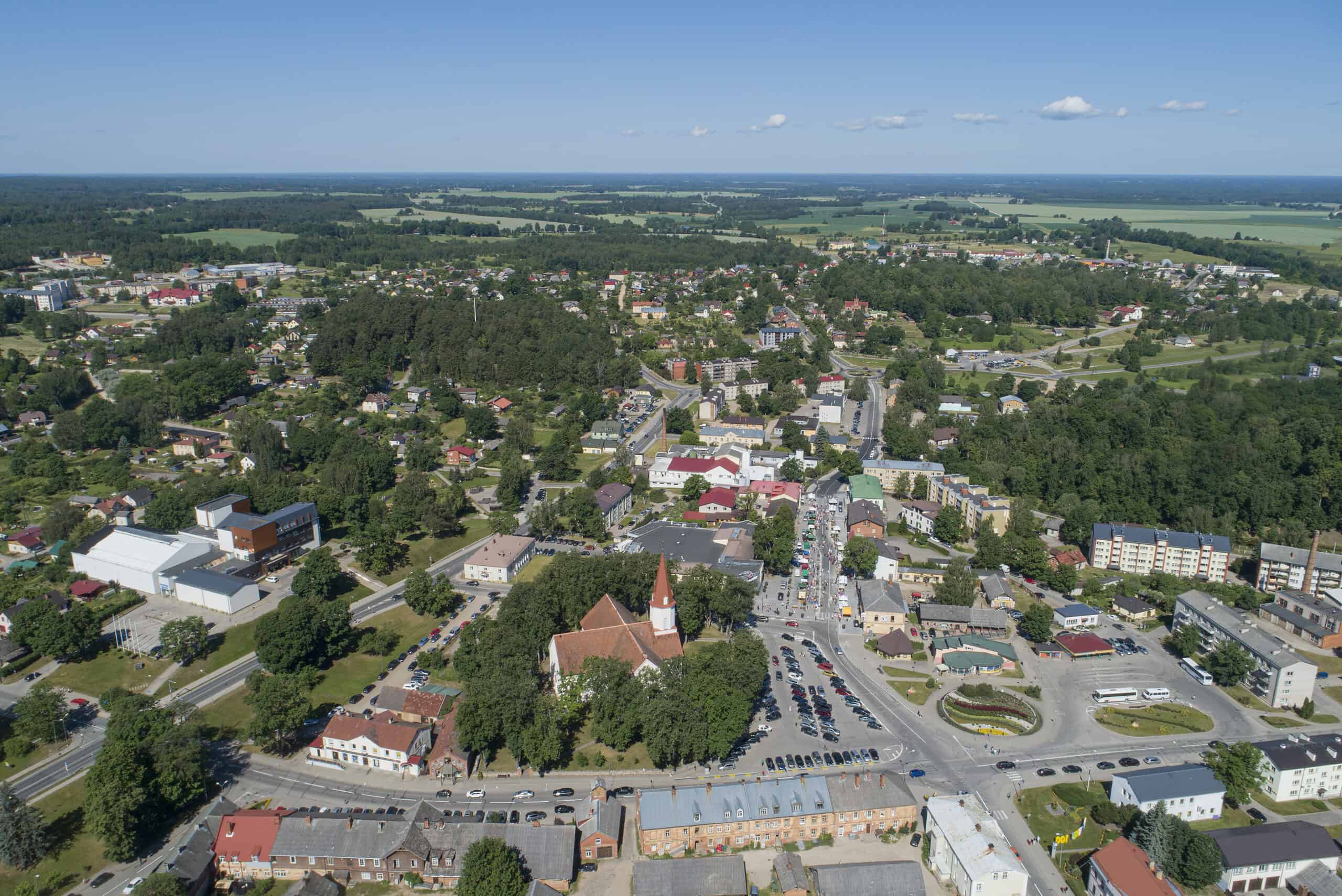
Boosting Hydrogen Infrastructure Development in Latvia
10 May 2024
Establishing hydrogen infrastructure in Vidzeme can significantly boost the region’s growth and competitiveness by fostering innovation, creating economic opportunities, and reducing reliance on fossil fuels. These initiatives promote sustainable transportation solutions and enhance regional connectivity, and they also align with Vidzeme’s strategic position as a transit corridor, supporting its goal of fostering a green economy.
The spatial development concept of hydrogen refuelling stations in the Vidzeme planning region and its neighbouring territories, within the framework of the HyTruck pilot project, represents a significant stride towards fostering a hydrogen economy in Latvia. This strategic document will furnish critical insights into various spatial, environmental, and economic aspects, serving as a cornerstone for the comprehensive establishment and expansion of a hydrogen refuelling station network.
Historically, Latvia has been a significant transit point in North-South and East-West trade flows. The transportation and logistics sector accounts for a quarter of Latvia’s economy, receiving special attention at the state and company levels. The topic of greening transportation in Latvia is particularly relevant because transportation is a significant emitter of CO2. Specifically, it accounts for approximately 30% of all GHG emissions in Latvia.
Latvia is in the initial stages of developing its hydrogen infrastructure. As per the Alternative Fuels Infrastructure Regulation (AFIR), member states must formulate national policy frameworks and investment plans to expedite the establishment of alternative fuel infrastructure, including hydrogen refuelling facilities.
Consequently, the national-level hydrogen strategy is currently in progress, presenting an opportune moment to leverage domestic and foreign expertise. Therefore, the Vidzeme Planning Region and Hytruck pilot project could significantly contribute to the national strategy development process.
Vidzeme planning region itself accounts for approximately one-third of Latvia’s total land area. Despite its expansive size, the region has 276,000 inhabitants, constituting approximately 14.7% of the national population. The ambition of the Vidzeme planning region regarding the deployment of hydrogen refuelling stations is to establish a network that promotes sustainable transportation solutions, enhances regional connectivity, and contributes to the region’s goal of fostering a green economy. By deploying hydrogen refuelling stations, Vidzeme aims to reduce the transportation sector’s environmental impact, stimulate innovation, create new economic opportunities, incentivise renewable energy investments, and enhance the region’s competitiveness.

HyTruck Pilot Project Could Help Activate the Hydrogen Economy in Latvia
The HyTruck pilot project is poised to play a crucial role in the planning and development process, facilitating informed, knowledge-based decisions regarding hydrogen infrastructure deployment, resource optimisation, and sustainable transportation system development. Moreover, it serves as a model and source of inspiration for other regional and national authorities contemplating similar endeavours within Latvia or across borders.
The concept will facilitate pinpointing the most suitable sites for hydrogen refuelling stations, guided by factors such as transport corridor characteristics, infrastructure requirements, and potential users. Additionally, it will furnish insights into environmental factors, including the environmental footprint of hydrogen production and usage, as well as economic considerations such as investment projections and returns.
Developing a hydrogen refuelling station network in Vidzeme enhances the use of alternative fuels and improves regional connectivity. It promotes sustainable transportation solutions, aligning with Vidzeme’s strategic position as a transit corridor and supporting its goal of fostering a green economy.
Interactive map showing pilot locations. Use the arrow keys to move the map view and the zoom controls to zoom in or out. Press the Tab key to navigate between markers. Press Enter or click a marker to view pilot project details.





